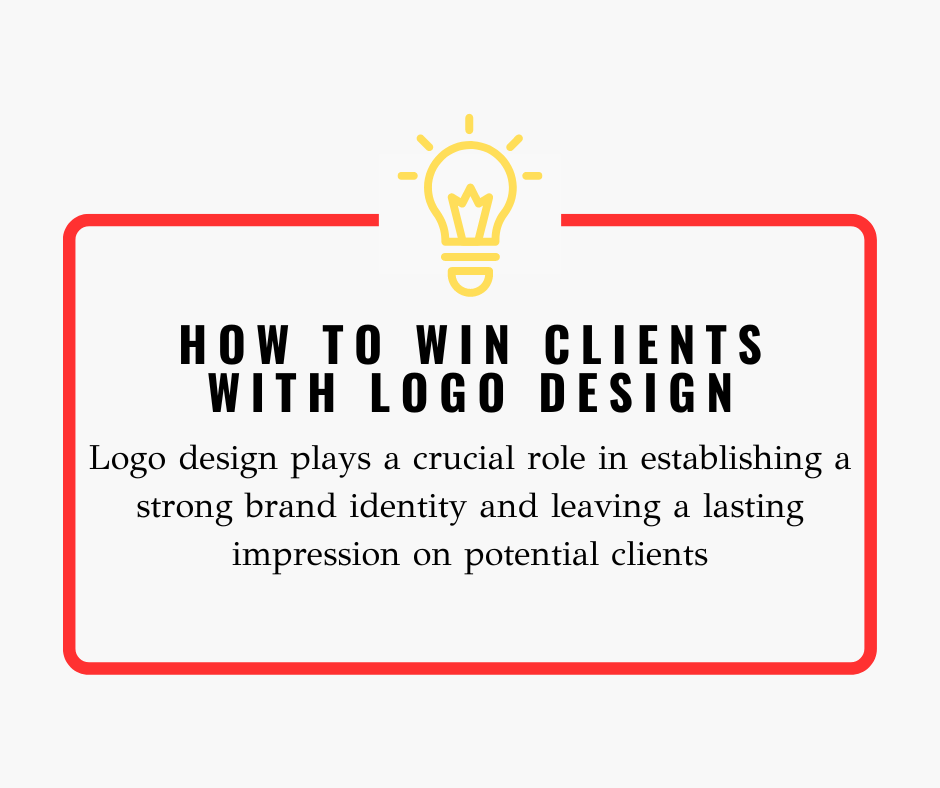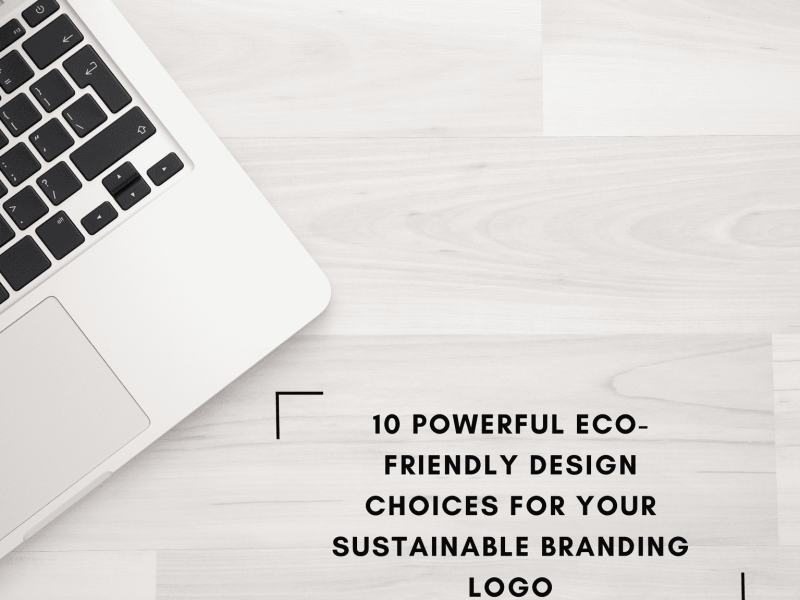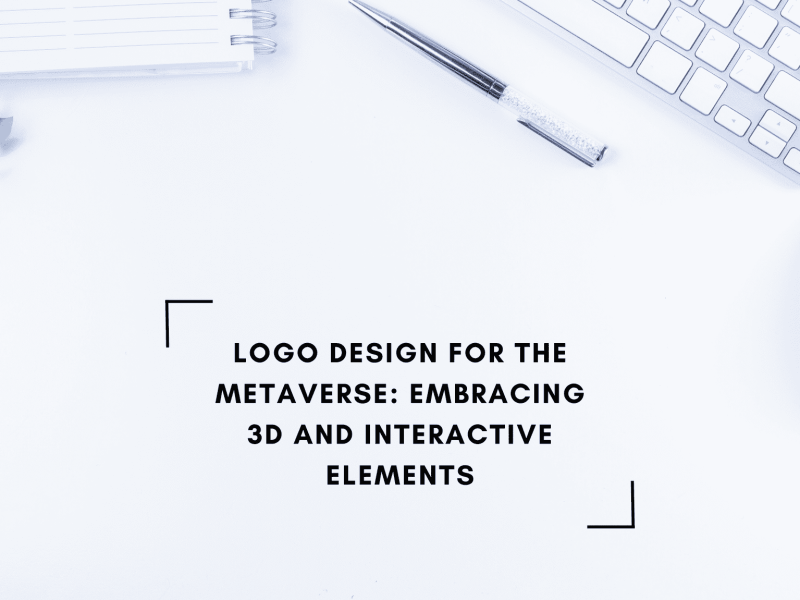How to Win Clients with Logo Design
In order to build a strong brand identity and make an impact on potential customers, logo design is essential. A well-designed logo may successfully convey a company’s principles, arouse feelings, and set it apart from rivals. This post will examine the procedures for producing a logo design that attracts clients.
Building Brand Identity
A logo acts as a brand’s visual representation. It serves as a company’s public face and establishes the tone for its whole image. You may design a logo that appeals to your client’s target market by learning about their brand personality, values, and target market. Building a logo that captures the spirit of the brand aids in increasing brand awareness and identification.
Creating a Lasting Impression
A logo has the ability to leave a lasting impression on customers. It should be distinctive, aesthetically pleasing, and able to grab attention right away. A logo may provoke feelings and deliver the desired message by making intelligent use of color, typography, and symbolism. A well-designed logo makes a favorable, long-lasting impression, increasing the likelihood that prospective customers will interact with the business.
Gathering Information and Requirements
Detailed information and specifications from the customer must be gathered before the logo design process can begin. Understanding their company objectives, target market, and preferences may be achieved through having in-depth conversations and posing the appropriate questions. This data is the basis for developing a logo design that is consistent with their mission.
Analyzing the Target Audience
Analyzing the target market’s demographics, preferences, and psychographics is crucial for producing a logo design that appeals to them. It is possible to design a logo that speaks to people’s interests, values, and goals on a deeper level by taking into account these factors. Finding market gaps and studying rivals’ logos may also result in a more successful design.
Defining the Design Objectives
It’s critical to establish precise design goals for the logo based on the information received. This involves choosing the meaning the logo should express as well as the feelings and impression it should arouse. Setting these goals aids in directing the design process and guarantees that the final logo will support the client’s aims.
Exploring Creative Ideas
The process of designing a logo involves researching creative concepts and conducting brainstorming sessions. For this, basic concepts are sketched, various design components are played with, and various stylistic experiments are made. Encouraging creativity enables the study of original and cutting-edge logo designs that may fascinate customers.
Sketching and Drafting
Following the selection of an idea, it must be further developed through sketching and drafting. At this stage, the logo is created several times while being experimented with in terms of layout, font, and iconography. The digital design process is based on these sketches, which allow for changes and advancements.
Selecting Appropriate Colors and Fonts
A logo’s colors and typefaces are very important. They arouse feelings, deliver messages, and exhibit the brand’s character. It’s crucial to choose a color scheme that complements the client’s brand identity and target market. Similar to this, selecting proper typefaces that are readable and enhance the entire design is crucial for a strong and coherent logo.
Ensuring Scalability and Versatility
To retain its visual impact across numerous mediums and sizes, a great logo design should be adaptable and scalable. It should appear attractive whether it’s printed on a little business card or a huge billboard. The efficacy of the logo depends on maintaining its recognizability and clarity in various settings.
Preparing a Compelling Presentation
A crucial stage of the process is showing the customer the logo design. The design concept, justification, and prospective impact are better communicated by making a visually beautiful and convincing presentation. Instilling confidence and enthusiasm in the client by outlining the design decisions and demonstrating how the logo fulfills the customer’s goals.
Incorporating Client Feedback
A crucial step in the logo design process is getting customer input. Based on their preferences and recommendations, it enables refinement and iteration. Making a logo that is in line with the client’s vision and objectives requires actively listening to their comments and implementing it into the design.
Polishing the Design
It’s time to further refine the logo design after taking client input into account. This entails polishing the particulars, maintaining visual harmony, and making the required corrections. The expertise and appeal of the design are enhanced by paying attention to even the slightest details.
Creating Different Variations
Variations of a logo design should be available to accommodate various usage circumstances. Alternative color schemes, simpler versions for tiny sizes, or horizontal and vertical orientations are a few examples of these modifications. These modifications provide the logo versatility and guarantee that it will remain memorable and readable on all platforms.
Providing the Necessary File Formats
It is crucial to give the customer the required file formats when providing the finished logo design. These formats ought to work with different digital and print media. Scalability is ensured by include vector formats like AI or EPS, while raster formats like JPEG or PNG are appropriate for web use or specialized print requirements.
Guiding the Client on Implementation
The client’s ability to successfully adopt the logo design is essential to its success. It is easier to maintain consistency and aesthetic integrity when use criteria are provided, such as minimum size specifications, explicit space requirements, and color specs. Teaching the customer how to use a logo properly increases brand recognition and extends the life of the mark.
Collecting Client Feedback
After the logo has been used, it’s critical to get the client’s feedback. Valuable insights may be gained by assessing how satisfied they are with the logo’s success in helping them achieve their objectives. A collaborative partnership is ensured through ongoing communication and follow-up, which also enable any required modifications or enhancements.
Tracking Brand Recognition and Perception
It is a continuous activity to monitor consumer perception and brand awareness. Assessing the logo’s effect on customers and the target market involves tracking measures including brand recognition, client feedback, and market response. This information offers insightful information for next branding choices and enables modifications to keep a strong brand presence.
Conclusion
In conclusion, attracting clients through logo design necessitates a calculated and original strategy. You may build a visual identity that makes a lasting impression by comprehending the client’s needs, studying the target demographic, generating original concepts, and creating a professional and adaptable logo design. Effective logo design helps firms stand out in a crowded market, creates a strong sense of brand identification, and fosters trust.
FAQs
Q1: How long does the logo design process typically take? The length of the logo design process varies based on the project’s complexity, the speed of customer response, and the number of changes necessary. Usually, the process of creating a logo may be finished in a few weeks to a few months.
Q2: What if the client doesn’t like the initial logo concepts? It’s important to be upfront with the customer in these situations so that you may learn about their preferences and worries. The possibility of generating a logo that corresponds with their vision and expectations rises when you take into account their comments and revise the design in light of it.
Q3: Can I use stock icons or templates for logo design? Although generic icons or templates can act as a jumping off point for creativity, it is essential to produce an original and distinctive logo design suited to the client’s brand. The creation of a logo that stands out and captures the client’s distinct identity benefits from customization and uniqueness.
Q4: Is it necessary to hire a professional logo designer? While designing a logo on your own is doable, employing an experienced logo designer adds knowledge and guarantees a high-quality end product. Professional designers have a comprehensive awareness of design principles, fashions, and brand positioning, which may have a big influence on the logo’s success.
Q5: Can a logo design evolve over time? Yes, logo designs may change and develop as firms expand and change. If a brand wants to stay current and effective, the logo may need to be modified to reflect market trends, shifts in corporate priorities, or other factors. When making any adjustments, it’s crucial to maintain consistency and take into account the current brand equity.



